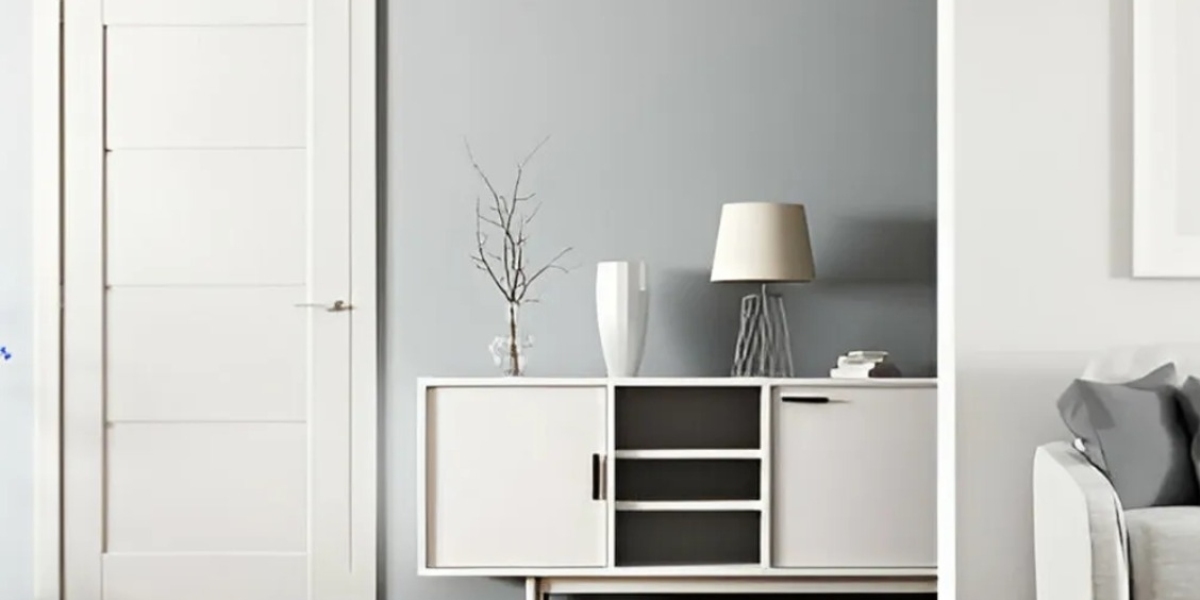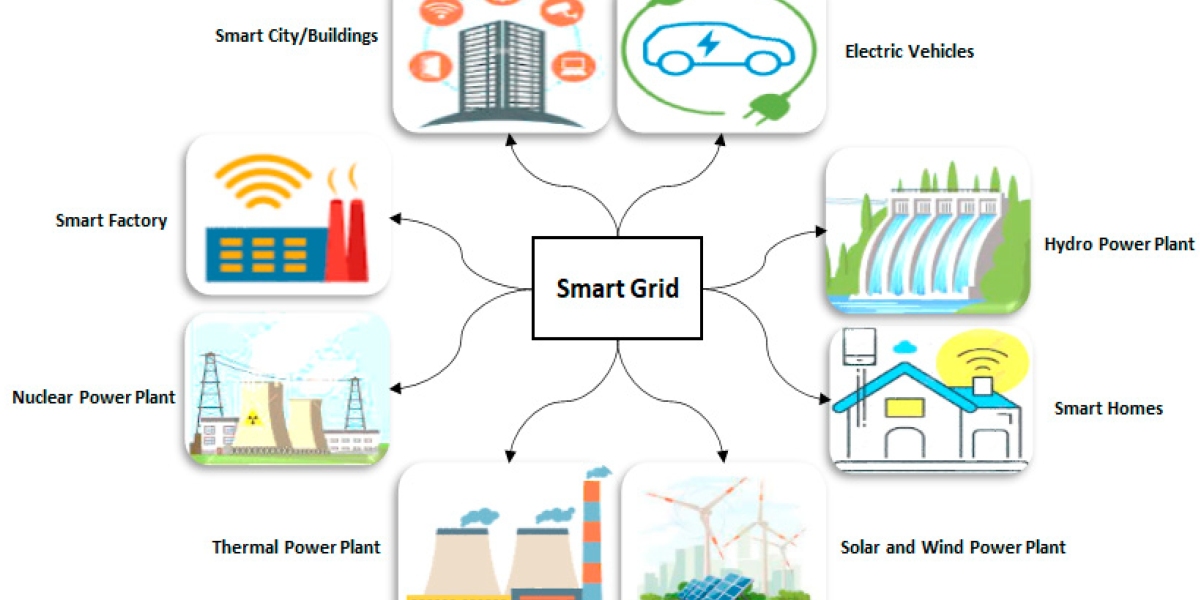In the architecture of safety, few elements are as fundamental as the Fire Rated Doors. These are not just doors; they are engineered life-saving assemblies, critical in containing fire and smoke to protect lives, property, and escape routes. For decades, the image of a fire door was often one of a heavy, industrial-looking door in a sterile stairwell. But a revolution in design and engineering has occurred, blurring the lines between essential safety and modern aesthetics. At the forefront of this revolution is the Fire Rated Flat Door.
This guide will explore the critical role of all fire rated doors and then dive deep into how the flat door variant is changing the game for architects, designers, and building owners who refuse to compromise on style for safety.
Part 1: The Unseen Hero - Understanding Fire Rated Doors
Before we appreciate the aesthetics, we must understand the fundamentals. A fire rated door is never just a door slab. It is a complete, tested, and certified assembly that includes:
The Door Leaf: The actual door itself.
The Frame: The structural surround that holds the door.
The Hardware: Hinges, locks, latches, and the non-negotiable automatic door closer.
The Intumescent Seals: The hidden heroes. These seals are installed in the door or frame and expand dramatically when exposed to heat (typically around 200-250°C), sealing the gaps to prevent the passage of toxic smoke and flames.
This entire assembly is tested in a certified laboratory to withstand a standard fire for a specific duration. The common ratings—20, 45, 60, 90, and 180 minutes—indicate how long the assembly can maintain its integrity under fire conditions. This provides crucial time for occupants to evacuate and for firefighters to respond.
The Core Purpose: Compartmentation
The primary strategy behind fire rated doors is "compartmentation." This involves dividing a building into manageable fire-resistant compartments. By sealing off corridors, stairwells, and other key areas, these doors act as barriers, stopping the spread of fire and smoke. This not only protects escape routes but also limits damage to a smaller area, which can be the difference between a contained incident and a total loss.
Part 2: The Evolution of Design: Enter the Fire Rated Flat Door
Traditionally, achieving a high fire rating meant using materials and constructions that resulted in a specific look. This often included:
Raised Panels: A classic design where the center panel is set higher than the surrounding rails and stiles.
Beading and Glazing: Timber or metal beads to hold vision panels in place.
Heavy, Industrial Aesthetics: A focus purely on function, often resulting in doors that stood out awkwardly in modern, minimalist interiors.
The Fire Rated Flat Door shatters this paradigm. As the name suggests, it features a completely smooth, flat face on one or both sides. This simple yet powerful design shift unlocks a world of aesthetic possibilities, allowing the door to seamlessly integrate into contemporary architectural styles.
How is a Flat Door So Strong?
The strength and fire resistance of a flat door lie in its core and construction, not in surface details. Modern flat fire doors are engineered marvels, typically built using one of these methods:
Solid Core Construction: The door is filled with a dense, fire-resistive core material. This can be a composite of mineral wool, gypsum, vermiculite, and other fire-retardant compounds. This core provides the primary insulation against heat and flames.
Laminated Construction: The flat faces are made from high-pressure laminates (HPL), plywood, or MDF, which are bonded under immense pressure and heat to the solid core. This creates an incredibly strong, stable, and monolithic unit that resists warping under high temperatures.
The absence of raised panels or intricate detailing is actually a strength. A flat surface has fewer potential weak points and provides a more consistent material thickness to resist the fire.
Part 3: Flat Fire Doors vs. Traditional Fire Doors: A Clear Comparison
| Feature | Traditional Fire Door (e.g., Panel Door) | Fire Rated Flat Door |
|---|---|---|
| Aesthetics | Often industrial or traditional; can be visually obtrusive. | Modern, minimalist, seamless; acts as a design canvas. |
| Surface | Textured with raised/ recessed panels and visible beading. | Completely smooth and flat on one or both sides. |
| Customization | Limited by the door's inherent style. | Extremely high. Can be finished to match any interior. |
| Core Purpose | Provides a fire and smoke barrier. | Provides an equally effective fire/smoke barrier with superior aesthetics. |
| Ideal For | Utility areas, industrial settings, traditional designs. | Offices, hotels, hospitals, schools, modern residences, any space where design matters. |
Part 4: The Unbeatable Advantages of Fire Rated Flat Doors
The popularity of flat fire doors is not just a trend; it's driven by tangible benefits.
Seamless Aesthetic Integration: This is the primary advantage. A flat door can be treated as a blank canvas. It can be:
Laminated: With any HPL color, pattern, or woodgrain finish.
Veneered: With real wood veneer for a high-end, natural look.
Painted: To perfectly match any wall color, making the door virtually disappear into the architecture.
This allows designers to maintain a clean, unbroken visual flow throughout a space without sacrificing safety.
Hygiene and Cleanliness: The absence of ledges, panels, and beading means there are no crevices for dust, dirt, or bacteria to accumulate. This makes flat doors the superior choice for hospitals, laboratories, clean rooms, and commercial kitchens where hygiene is paramount.
Durability and Impact Resistance: The materials used, especially High-Pressure Laminate (HPL) faces, are incredibly tough. They are highly resistant to scratches, impacts, and chemical cleaners, ensuring the door looks new for longer, even in high-traffic areas.
Versatility Across Ratings: Flat door technology is not limited to lower ratings. They are readily available and certified to provide 60, 90, and even 180-minute fire resistance, making them suitable for virtually any application, from a simple office corridor to a high-rise stairwell.
Part 5: Critical Considerations for Specification and Installation
Choosing a flat fire door is a fantastic start, but its performance is only as good as its installation and maintenance.
It's an Assembly, Not Just a Door: Remember, the flat slab is just one component. It must be installed into a certified fire-rated frame with all the correct, compatible hardware—fire-rated hinges, a panic device, and an approved door closer.
Intumescent Seals are Non-Negotiable: The door or frame must be fitted with intumescent seals. On a flat door, these are often discreetly integrated into the door edge or the frame to preserve the clean look.
The Gap is Critical: The tolerance between the door leaf and the frame is tiny (typically no more than 3mm or 1/8 inch). This precision is what allows the intumescent seals to work effectively. Proper installation is key.
Look for the Label: Never install an unlabeled door. Every certified fire door will have a permanent label on its top or side edge from a recognized testing agency (like UL, Warnock Hersey, or Intertek). This is your proof of its rating.
Conclusion: Where Safety and Design Converge
The fire door has evolved from a purely functional piece of hardware into an integral element of interior design. The Fire Rated Flat Door represents the perfect synergy of these two worlds. It proves that we no longer have to choose between uncompromising safety and beautiful, intentional design.
By specifying a fire rated flat door, you are not just selecting a barrier against fire; you are choosing a tool that enhances the architectural vision, promotes a cleaner environment, and provides durable, long-lasting performance. It is a clear statement that in the modern built environment, the most effective safety features are those that are so well-designed, you hardly know they are there at all.









